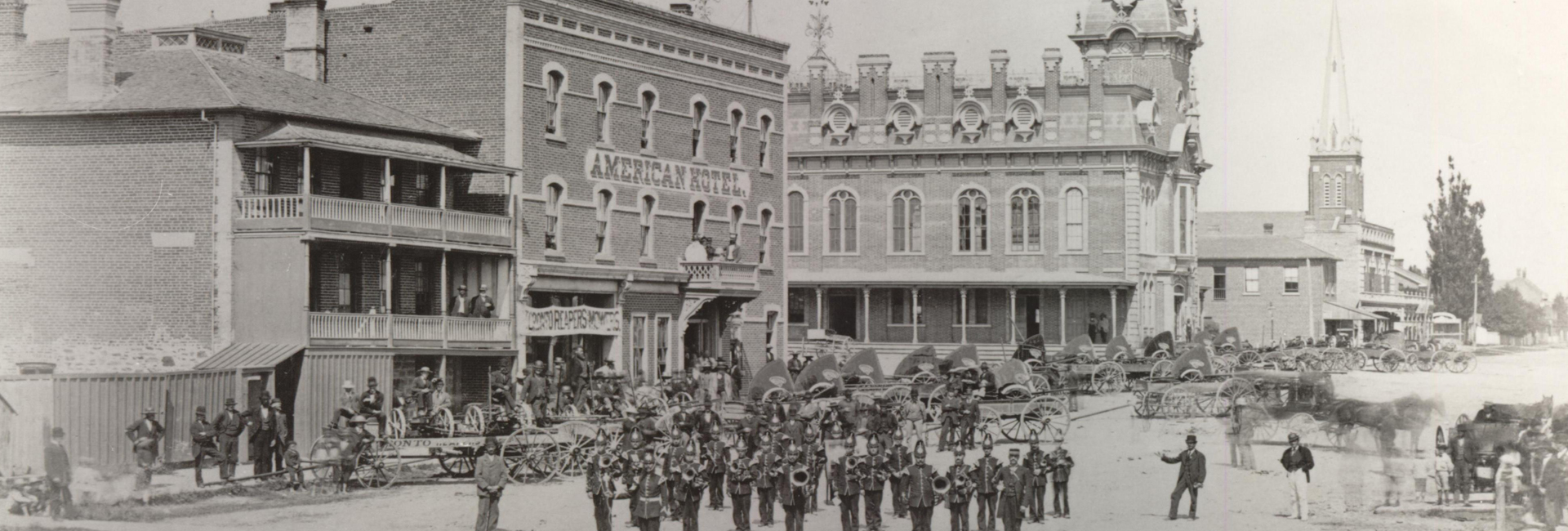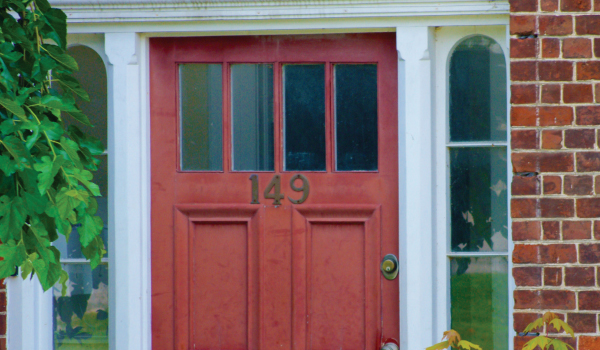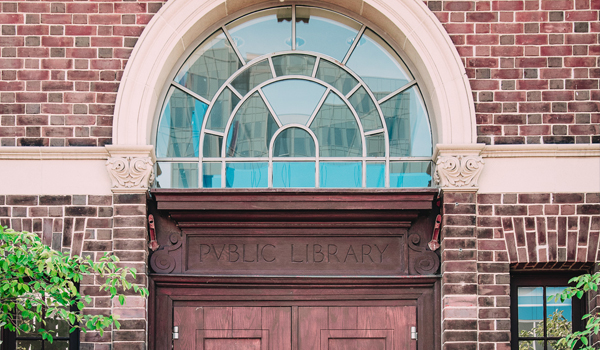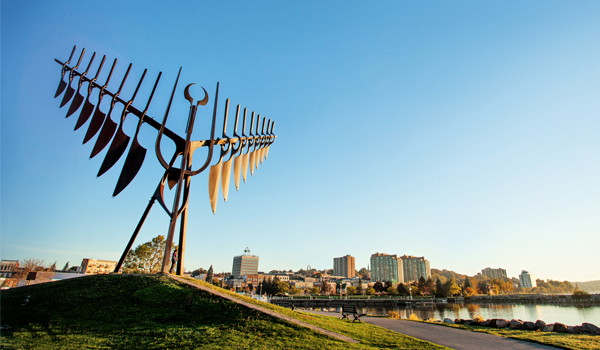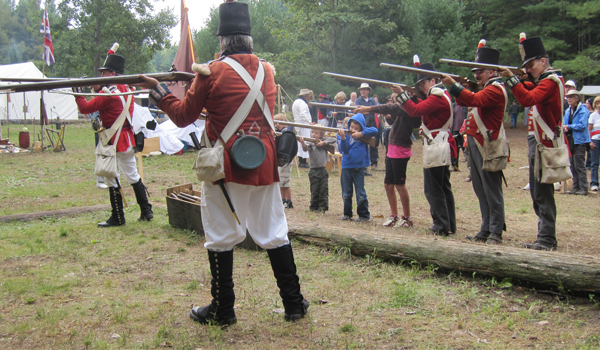Barrie's beginnings can be traced back to First Nations People using the western shores of Kempenfelt Bay as a place of rest before travelling the portage that ran between Lake Simcoe and the Nottawasaga River to Lake Huron. The War of 1812 resulted in increased use allowing for British troops and supplies to bypass the American forces at Detroit. At the war's end, settlers arrived and took up residence at the end of the portage, beginning the traces of Barrie's first community. The British military presence is reflected in many street names, and even in the name of the city itself, in honour of British Admiral Sir Robert Barrie.
As our city grew, it began to export local resources. Trees nearly two hundred feet tall were logged and shipped out, serving as masts for British ships and railway ties. In the winter months, huge blocks of ice were cut from the frozen waters of Kempenfelt Bay and shipped down to Toronto, Buffalo and New York for refrigeration purposes. Three large storage houses enabled the blocks to be effectively stored for shipment during the summer months.
Between the late 1800s and the early Twentieth Century, Barrie underwent a number of changes that contributed to its rapid growth. The long-anticipated railway connection in 1865, joined Barrie to the City of York, its resources and industry. But
it was the building of Highway 400 in 1950, providing tourists easy access and exposure to our Beautiful City by the Bay, that made Barrie the favourite for family fun in Central Ontario.
Today Barrie stands at a population of more than
145,000 and continues to be one of Canada's fastest growing cities. Remembering our heritage and what led to our city's success is the focus of some of our key attractions.
The Simcoe County Museum invites you to explore the area as it
once was. Pioneer buildings and a Victorian Village Street invites you to "take the infinite journey" back in time. At Base Borden Military Museum, you can see firsthand some of the military tanks, trucks, and equipment used during World War I and
II. Walk along history itself with a Heritage Barrie Walking Tour, or on the Nine Mile Portage, re-opened to the public in celebration
of Barrie's sesquicentennial in 2003. The portage starts at Barrie's Memorial Square and ends at Fort Willow Heritage Site and
Conservation Area in Springwater Township.
For historical information pertaining to Barrie and Simcoe County, please contact the following organizations:
Heritage Barrie
City Hall, Planning Dept.,
P.O. Box 400, Barrie, ON L4M 4T5 Phone: (705) 726-4242
Description: Acts as an architectural advisory committee to City Council on the historical and architectural importance of buildings and other heritage matters in Barrie. The committee is
appointed by City Council.
Barrie Native Friendship Centre
175 Bayfield Street, Barrie, ON L4M 3B4 Phone: (705) 721-7689, Fax: (705) 721-7418
Web: barrienfc.ca
Simcoe County Archives
1149 Hwy 26, Minesing, ON L9X 0Z7 Phone: (705) 726-9331, Fax: (705) 725-5341
Email: [email protected], Web: simcoe.ca
City of Barrie
70 Collier Street, Barrie, ON L4M 4T5 Phone: (705) 739-4242, Fax: (705) 739-4237
Web: barrie.ca/Culture/Heritage


